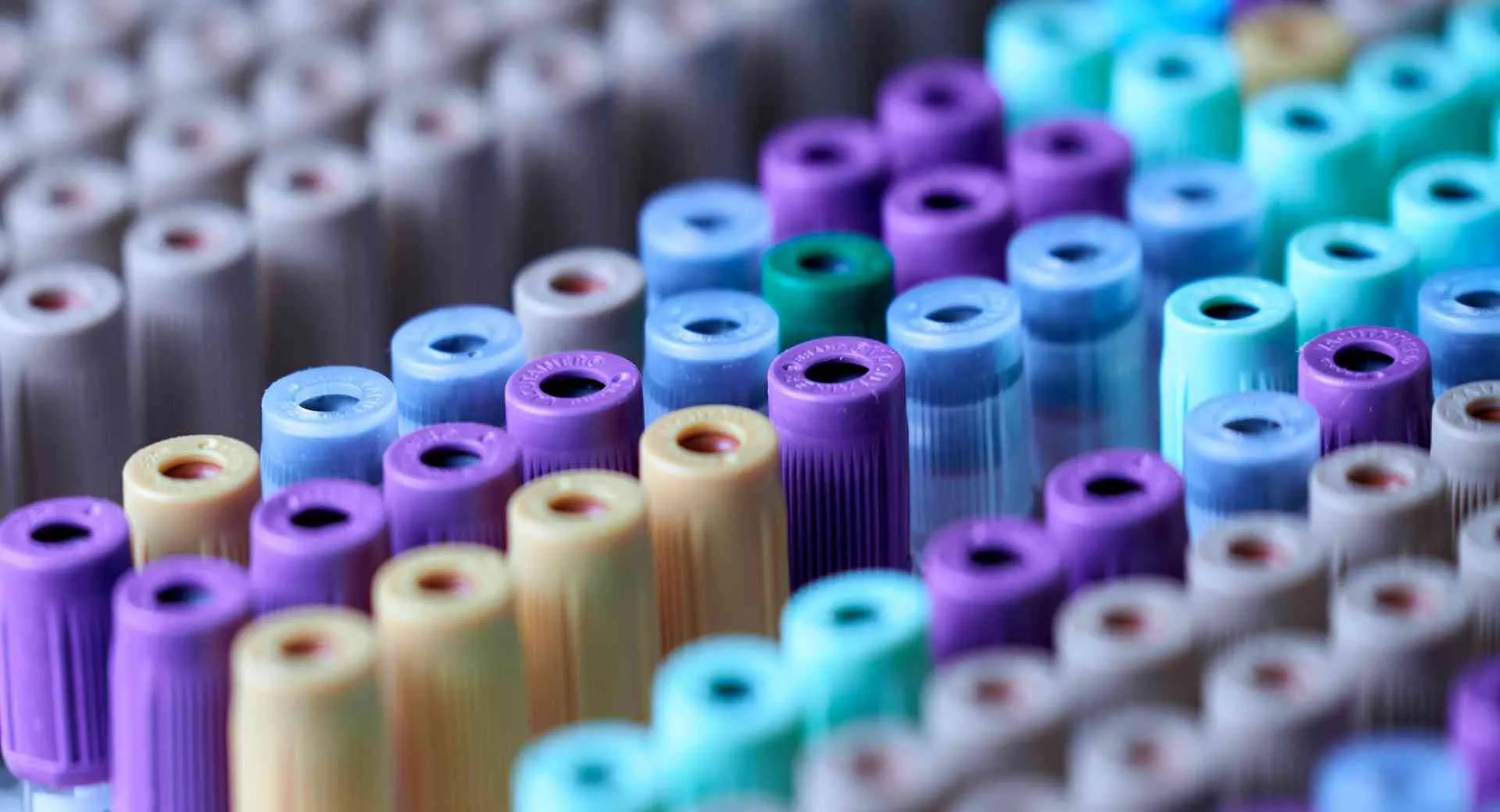Description
Biotin-PEG-Acrylate is a linear heterobifunctional PEG reagent with a biotin and an acrylate. It is a useful crosslinking or bioconjugation reagent with a PEG spacer. Biotin can bind to avidin and streptavidin with high specificity and affinity. Acrylate can polymerize with radical initiator or UV light to form PEG hydrogel. Biotin-PEG-Methacrylate may be offered through custom synthesis.
Properties
Molecular weight: MW of PEG was measured by MALDI-MS or GPC. PDI (polydispersity index) of our linear PEG is 1.02-1.05 with very narrow MW distribution. The number of repeating ethylene oxide units (CH2CH2O) or the degree of polymerization is calculated dividing the PEG MW by 44 (44 is the molecular mass of one repeating unit).
Solubility: Soluble in water and aqueous buffer, chloroform, methylene chloride, DMF, DMSO, and less soluble in alcohol, toluene. Not soluble in ether.
Density: PEG density is approximately 1.125 g/mL
Physical form: PEG products generally appear as white or off-white powder, and for very low MW linear PEG such as MW 1k or less, it may appear as wax-like, semi-solid material due to the low MW and the type of functional groups.
Storage condition: PEG product shall be stored in the original form as received in a freezer at -20C or lower for long term storage. Stock solution of PEG reagents that do not contain oxygen or moisture sensitive functional groups may be temporarily stored in a refrigerator or ambient temperature for multiple days. Stock solution should avoid repeated freeze-and-thaw cycles. See Documents section for detailed storage and handling conditions.
References
1. Metin Sitti et al, 3D Chemical Patterning of Micromaterials for Encoded Functionality, 2017, DOI: 10.1002/adma.201605072, Text.
Click here to view an expanded list of hundreds of publications citing Creative PEGWorks products.


